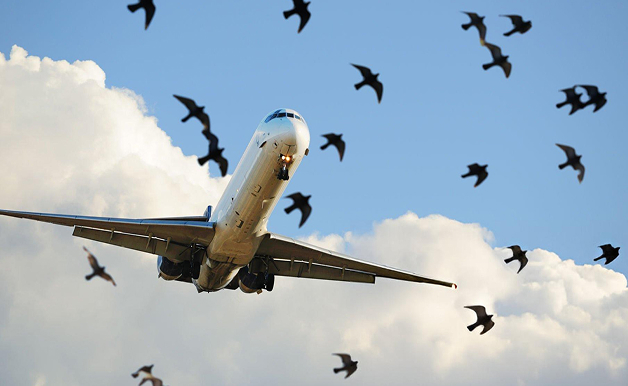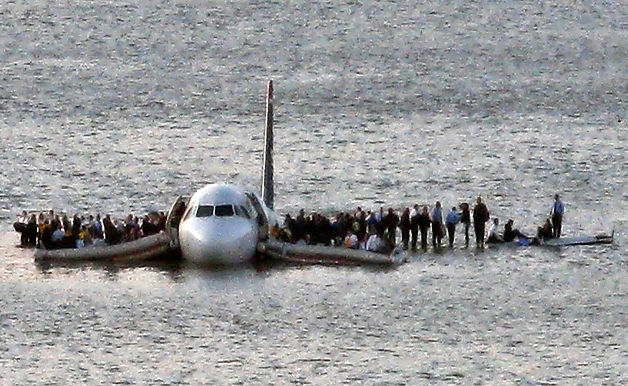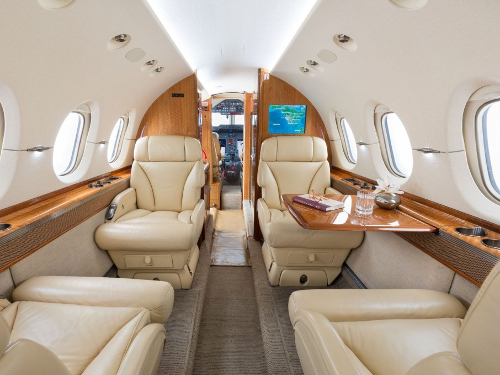
Bird strikes are one of the most persistent hazards in civil aviation, occurring when birds collide with an aircraft during flight. While most incidents cause only minor damage, some have resulted in significant safety risks, financial losses, and even major accidents. As global air traffic continues to grow, the issue of bird strikes remains a pressing concern for airlines, airports, and regulators worldwide.
Causes of Bird Strikes
Multiple environmental, operational, and technological factors influence bird strikes:
- Environmental Factors: Airports located near coastlines, wetlands, or agricultural areas often attract large flocks of birds. Migration seasons also increase the likelihood of bird movements across flight paths.
- Operational Factors: The majority of bird strikes occur during takeoff, landing, and low-altitude climbs, which are critical flight phases where avoidance is difficult.
- Time and Seasonal Variations: Early mornings, late evenings, and migration periods (spring and autumn) typically see higher bird activity near airports.
- Technological Factors: Although bird-detection radars and monitoring systems exist, limitations in range and accuracy mean they cannot always prevent collisions.
Consequences of Bird Strikes
Bird strikes have far-reaching consequences for both safety and operations:
- Safety Implications: Birds ingested into engines can cause partial or total engine failure, shattered windshields, and significant airframe damage.
- Financial Costs: Airlines face repair expenses, delayed flights, cancellations, and increased insurance claims, which cost the industry billions annually.
Historical Incidents: The “Miracle on the Hudson”
US Airways Flight 1549 was a regular passenger flight from New York’s LaGuardia Airport heading to Charlotte and then Seattle. On January 15, 2009, just moments after takeoff, the Airbus A320 hit a flock of birds. Both engines failed, leaving the plane without power.
With very little time and few options, pilots Chesley “Sully” Sullenberger and Jeffrey Skiles made the brave decision to glide the plane and land it on the Hudson River, right near Midtown Manhattan. In under four minutes from the bird strike, they safely brought the aircraft down on the water. Thanks to quick rescue efforts from nearby boats, all 155 people on board survived. While around 100 people were injured, five of them seriously, there were no fatalities.
The then-Governor of New York, David Paterson, famously called the event the “Miracle on the Hudson.” A National Transportation Safety Board (NTSB) official also described it as “the most successful ditching in aviation history.”
Although flight simulations suggested the plane might have made it back to LaGuardia if it had turned immediately, the NTSB concluded that the river landing gave passengers the best chance of survival under real-life conditions.
For their remarkable teamwork and courage, the pilots and flight attendants received the Master’s Medal from the Guild of Air Pilots and Air Navigators, honoring their “heroic and unique aviation achievement.”

Evacuation of the aircraft as it floats on the Hudson River, near Midtown, Manhattan USA.
Prevention and Mitigation Measures
To reduce risks, airports and airlines employ a combination of strategies:
- Wildlife Management: Airports deploy bird control programs using habitat modification, noise deterrents, falconry, and pyrotechnics to reduce bird activity near runways.
- Technological Solutions: Engine manufacturers design engines to withstand bird ingestion, while airports test and adopt bird-detection radar systems.
- Training and Procedures: Pilots and air traffic controllers are trained to respond quickly in case of suspected bird strikes, ensuring passenger safety.
Global Statistics and Trends
According to the International Civil Aviation Organization (ICAO), thousands of bird strikes are reported each year globally, with many more going unreported. While developed countries have robust wildlife management systems, developing regions often face higher risks due to limited resources and rapid airport expansion. As air traffic continues to increase, the number of bird strike reports has also risen steadily over the last decades.
Conclusion
Bird strikes continue to pose a critical challenge to aviation safety, with both human and economic consequences. Through wildlife management, technological innovation, and international collaboration, the risks can be minimized but not eliminated. The aviation industry must remain vigilant, continuously adapting strategies to ensure safer skies. Ultimately, the long-term lesson is clear: coexistence with nature requires proactive planning, innovation, and preparedness.
For NBJ VIP Ground Handling Ltd., proactive safety measures, constant vigilance, and collaboration with airports and operators are critical to ensuring that every flight departs and lands safely.
